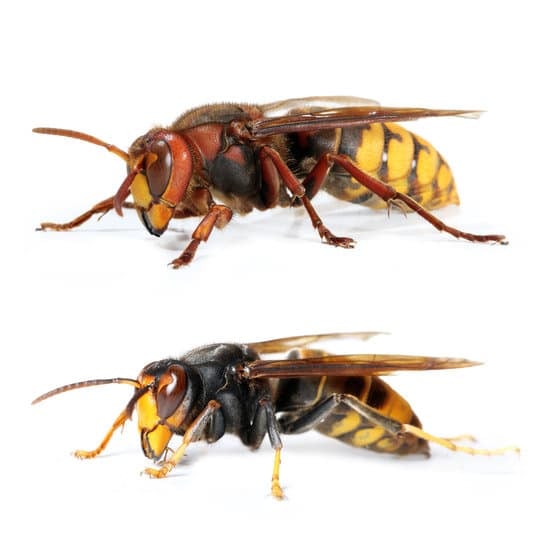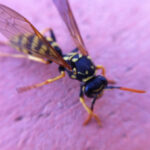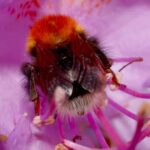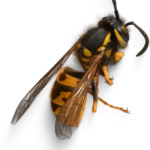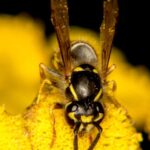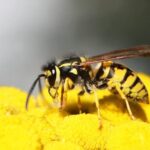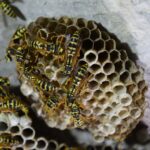Did You Know That Wasps and Flies Have No Lungs?
Unlike mammals and birds, wasps and flies have no lungs. They breathe using their own internal respiratory system, which is called the trachea. The wasp’s tracheae are made of a dense network of tubes.
The tracheae spread throughout the body, and the insects have spiracles between each pair of tracheae. These spiracles are like sponge holes that allow air into the wasp’s tracheae. Each insect has about 20 spiracles. Some insects close their spiracles to prevent water from entering the wasp’s body. The wasp’s hemolymph is transparent and contains more plasma than human blood. It provides oxygen to the body, cleans the heart, and provides nutrients.
Some wasps can survive without oxygen for a few days. However, the wasp’s metabolic rate is low, so it can’t live very long without oxygen. The wasp’s respiratory system uses stored oxygen to help the wasp survive. In addition, the wasp’s heart and dorsal vessel pump oxygenated blood up to the head.
Wasps have two jaws, called mandibles, which are used for eating and killing prey. They are also used to collect nest building material. In addition, the wasp’s antennae are used as ears and noses.
The head of the insect contains a central panel called the mesoscutum, which enables the insect to differentiate between species. In addition, the insect’s thorax is the central linking point for the legs. The thorax usually contains the digestive tract. The insect’s abdomen contains the venom gland. The stinging apparatus is usually hidden until the insect uses it.
